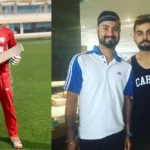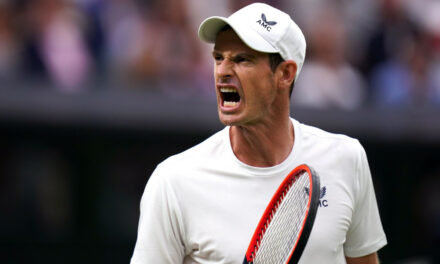
Italian Renaissance-How Mancini’s team turned into a goalscoring machine
The players of the Italian national team and the coaching staff of Roberto Mancini are busy debunking Italian traditions at this European Championship. From a well-armed defensive firm, they had evolved into a silver-legged attacking group. From the usual head grinders with one zero, they turned into gluttonous head dealers.
A statistical footnote goes a long way in establishing their transformation. In 38 games before this edition of the continental championship, Italy had never scored three goals in a game. In the space of a week, they have now done so twice on the bounce. Six goals are what they could manage in the whole of 2012 and 2016 Euros, where they lost in the final and quarterfinals respectively.
It’s neither an aberration nor a curious alignment of favourable stars, but the sustenance of a remodelled approach. In 32 games since that night at San Siro, repelled by Sweden’s sturdy wall of yellow when they failed to qualify for the World Cup, only thrice have they failed to score a goal. In the European qualifiers, they hammered 37 goals in 10 games, a tally bettered only by Belgium (40), and matched by England. Hence, there is not so much irony as there is a sense of inevitability.
Others struggling
What is indeed ironic is that some of the traditional heavy-goal scoring teams are struggling to put forth one half-decent shot on goal, let alone manufacture a steady stream of goals. Spain, their pass-obsession intact, completed a record 917 passes and enjoyed 85 per cent possession. Yet, they barely harassed Sweden’s goalkeeper, their shots impotent. France, the world champions, tormented the German backline, but rarely seemed to consign Manuel Neuer to a sleepless night. Germany, in fact, mustered more goal-bound shots, though without their patented precision. Even Cristiano Ronaldo-Bruno Fernandes-armed Portugal struggled to break the Hungarian resistance till the fag end of the game. England just sneaked in a goal in a cagey encounter against Croatia.
Italians, contrarily, have been scoring goals freely and abundantly, without ever needing to push their imagination to the edge, or stretching their sinews to their limits. The once- masters of locking up their defence are revelling in unlocking defences. Some of their prospective adversaries in the knockouts would be busy studying old footage of catennacio to deploy against its inventors.
It would take some intense door-bolting to shut out Italy from breaking defensive doors. There’s speed and slickness, trickery and technical finesse, variability of moving patterns and sharpness of movements, vision and intuition. Danger lurks from the wings, from the centre, from air and ground, from inside, edge and outside the box, from set-pieces and tap-ins, from poacher’s nudge to playmaker’s touch to defender’s thrust, from an elaborate passing sequence or a twinkling counter. In a Nations League match, Domenico Berardi scored after a 30-pass sequence; the opener against Switzerland took just three passes.
The ways of Mancini’s men seem unfathomable. There is not a definitive pattern to their forward thrust that their opponents could nail down and look to foil. Bottleneck the flanks, they would switch to the centre; man-mark them, they would fox them; crowd them out, they will twist and wriggle through the traffic like a pickpocket.
Scorers all over
Bewilderingly for defenders, almost every one of the Azzurri can find the back of the net. Ciro Immobile and Lorenzo Insigne might be their chief goal-scorers, but Manuel Locatelli is no slouch, as he proved with a brace of varied qualities. The first was a tap-in at the end of a 50-yard run to culminate a move that originated from his own first-time, half-volleyed long pass out to Berardi down the wing. The second was a pile-driver from outside the box. Berardi is a scorer of sumptuous goals himself, usually curling the ball into the far post, while Nicolo Barella, more reputed for his back-heel flicks, was Italy’s top-scorer in the qualifiers with five strikes.
The break-up of their goals in the qualifiers is instructive of their variety and depth of goal-scorers. There were 19 different scorers. If forwards accounted for 57 per cent of the goals, midfielders chimed in with 32 while defenders contributed 11 per cent. The knack of scoring goals irrespective of their designated role — the emphasis of function over roles — is the signature of great Italian teams of the past. Left-back Fabio Grosso scored Italy’s first goal in the 2006 World Cup semifinal against Germany, right back Gianluca Zambrotta opened against Ukraine in the quarterfinal. In the final, centre-back Marco Materazzi headed the equaliser.
Mancini’s men might be a long way away from conjuring feats of that note, but they are fast debunking myths and schooling their European brethren lessons on scoring goals.

















